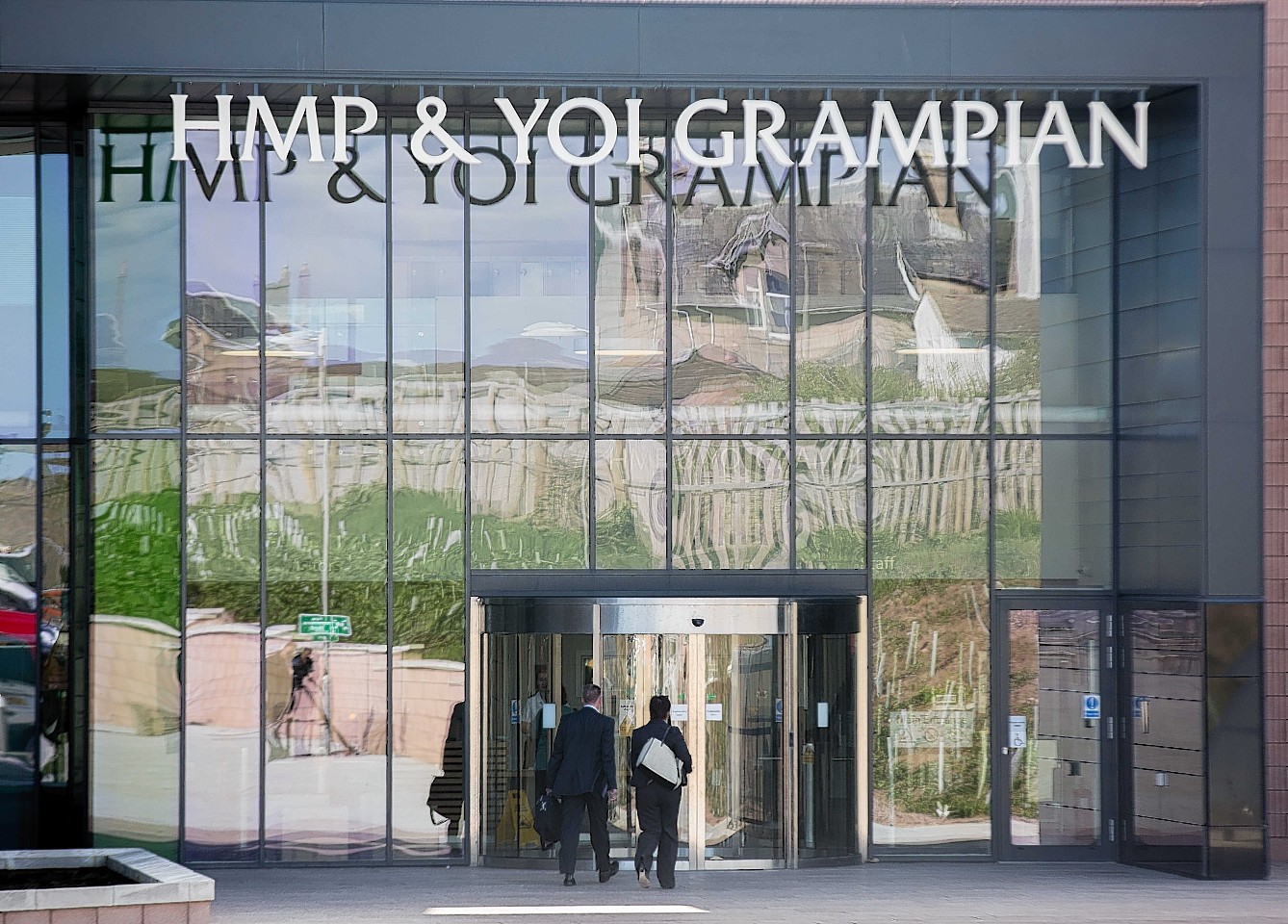Prison officers at a north-east superjail are cracking down on criminal gangs and smuggling operations run from behind bars after recovering dozens of mobile phones.
New figures show that 44 devices were seized from inside Peterhead’s HMP Grampian in the last 12 months.
Now the Scottish Prison Service is claiming their latest campaign as a victory against crooks who would use mobile phones to run criminal operations or intimidate and threaten victims and witnesses.
A spokesman for SPS said: “We spend a lot of time and an awful lot of money on technology and intelligence to allow us to capture more of these devices and we are capturing more of them.”
He said it was vital that officers are able to keep a strict control on communications between prisons and the outside world.
“We have some people in our care who are attempting to run criminal enterprises from custody. Blocking that communication can only be a positive thing.
“If people are using telephones in prisons unmonitored, then they can use them to intimidate or to make life more difficult for their victims and families of victims.”
Legislation banning the use of electronic devices capable of sending and receiving calls, texts and images was expanded early last year by then Justice Secretary Kenny MacAskill.
The spokesman added: “That has seen success and we’re quite pleased we’ve made that progress. If you can’t get a signal there’s no point having the phone.
“We’re not complacent though – we need to continue our efforts.”
Liberal Democrat justice spokeswoman Alison McInnes commended the SPS for its efforts.
Last night, the north-east MSP said: “People are in prison for a reason. As well as a loss of liberty, other activities are no longer allowed, and that includes using mobile phones.
“Unfortunately mobiles have been used in the past for all the wrong reasons and I’m pleased to hear the efforts of staff are working.”
Peterhead’s £150million HMP Grampian opened in March last year but has been hit by a string of controversies.
Damage to cells and communal areas caused by prisoners caused a £145,000 bill, while the SPS was forced to transfer dozens of young offenders to the central belt following a riot.
Last month, a startling letter sent to the Press and Journal by a former inmate claimed the prison was being run by inmates who have stepped in to assist inexperienced staff.
Ban on electronic devices
The use of electronic devices capable of sending or receiving phone calls, text messages or images was banned by the Scottish Government in 2012.
The Prisons (Interference with Wireless Telegraphy) Act gives officers the power to detect and prevent inmates or visitors from using mobiles without the boundary of the prison.
The legislation was expanded early last year by then Justice Secretary Kenny MacAskill, who authorised wardens to install signal-blocking technology at HMP Glenochil and HMP Shotts.
A spokesman for SPS said last night: “That has seen success and we’re quite pleased we’ve made that progress,” the spokesman said. “If you can’t get signal there’s no point having the phone.
“We’re not complacent though – we need to continue our efforts.”
New figures also show that in 2015, 81 inmates were convicted under the Prisons Act in relation to the use of mobile phones.
The rise in the use of smartphones and 3G and 4G internet signal has also opened up social media for convicted crooks to use from their cells.
However in the past 12 months, 49 investigations were made into the use of Facebook alone and the unauthorised use of social media websites is strictly prohibited.
Across Scotland
It is a criminal offence for inmates or visitors to use a mobile phone at a Scottish prison without authorisation. And across Scotland’s other 14 jails, a further 265 phones were seized.
The findings have been confirmed only 11 months after inmate Alexander Mullings was convicted of gun running from behind bars at HMP Wandsworth.
The 24-year-old prisoner ordered eight Skorpion sub-machine guns from Germany.
A report issued by the UK government in January this year also revealed that, over the past decade, illicit phones had been used to coordinate escape attempts, drug dealing and even the murder of a gang leader.
Now, however, the Scottish Prison Service (SPS) has claimed their latest campaign is a significant victory against crooks who attempted to use mobile phones to run criminal operations or intimidate and threaten victims and witnesses.
New figures also show that in 2015, 81 inmates were convicted under the Prisons Act in relation to the use of mobile phones.
The rise in the use of smartphones and 3G and 4G internet signal has also opened up social media for convicted crooks to employ from their cells.
However in the past 12 months, 49 investigations were made into the use of Facebook alone and the unauthorised use of social media websites is strictly prohibited to prisoners.

